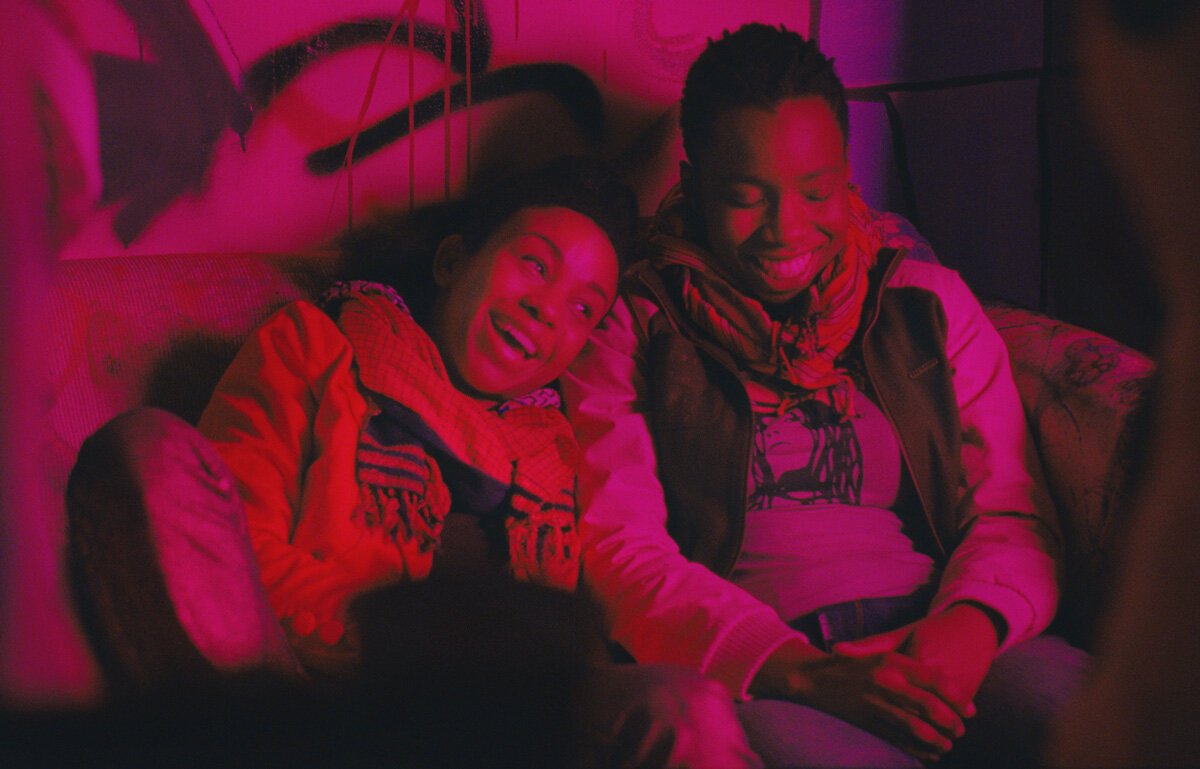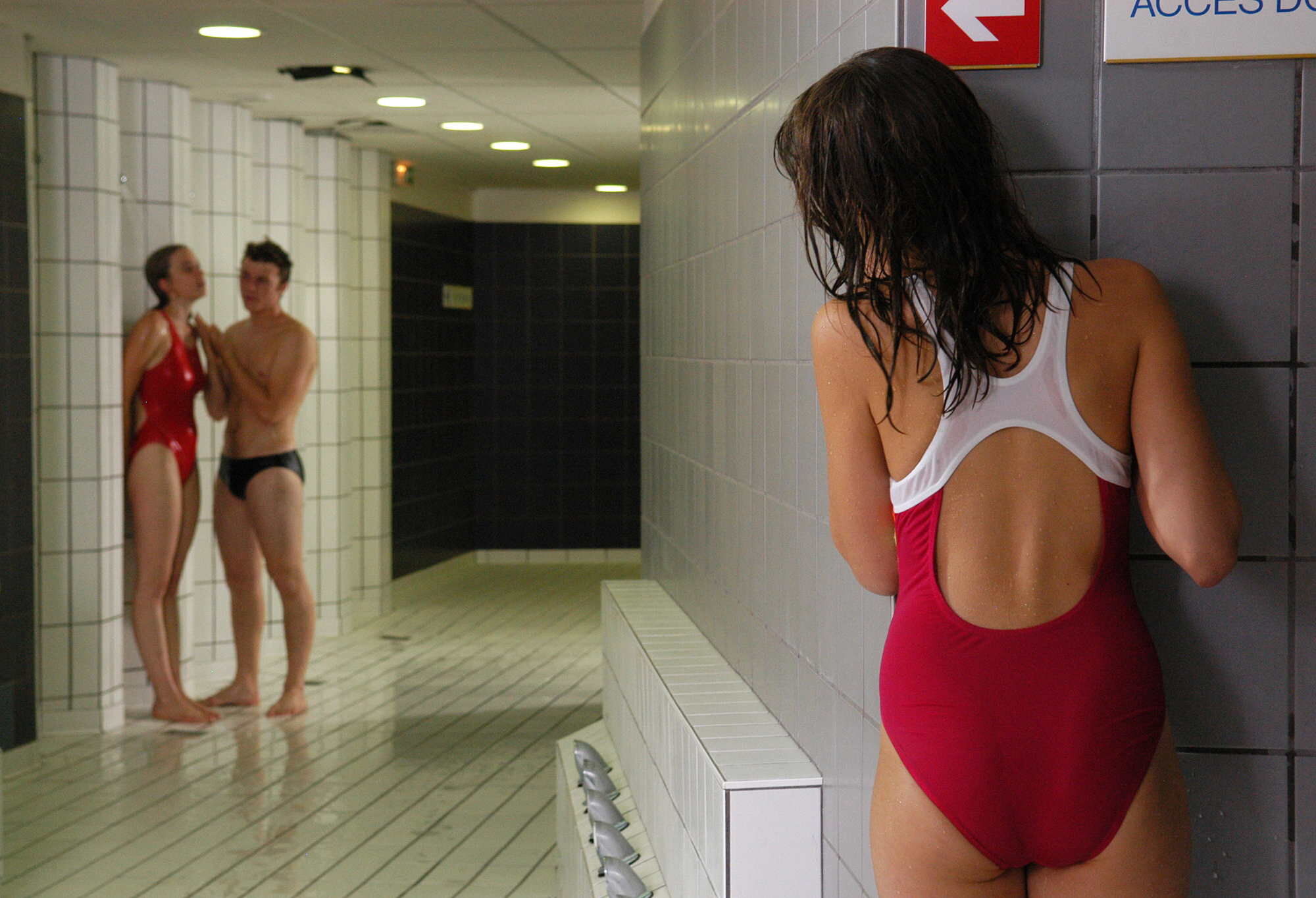Editor’s Note: Every Monday throughout June, Cinematary will be celebrating Pride Month with a series of essays written by some of our LGBT+ critics about LGBT+ films of their choice. Up in the rotation this week is Courtney Anderson on Dee Rees’s Pariah.
Retro Review by Courtney Anderson
Without any exaggeration at all, I can say that Dee Rees’s 2011 film Pariah is one of the most important films I’ve ever seen in my life.
Pariah tells the story of Alike, a 17-year-old Black lesbian who is struggling to come into her own person. Throughout the film, Rees paints a picture of a queer girl who has to deal with her own insecurities as well as familial pressure to conform to a heteronormative society. She has desires that should be simple, but are complicated by a world that hates queerness.
Alike is awkward and tense in a way that felt extremely – almost uncomfortably – familiar. She’s being pulled in two different directions, torn apart by two opposite, but equally-powerful forces in her life. One force is her inner desire to explore her sexuality: she wants to dress more masculine, and she wants to hang out with her best friend, who is an out lesbian. She wants to meet girls. She wants to be with girls.
And then there’s the other: the societal stigma attached to queerness (hench the title “Pariah”). That stigma is best represented by her mother, who is rigid, extremely religious and extremely disapproving of Alike’s sexual and gender expressions. Alike’s mother tries to pry Alike away from her queerness; she’s always pressuring Alike to dress more feminine, telling Alike how much she disapproves of Alike’s best friend, pushing religion onto Alike, and reminding Alike of how despicable queerness is to many people. Especially her.
Alike’s father tries to be supportive, but he’s not exactly comfortable with the idea of his daughter being gay. Alike’s sister assures her that it doesn’t matter that Alike is a lesbian, she loves her anyway. But neither of them can truly protect Alike from the hostility she’s going to face because of her sexuality. They can try, but they won’t be successful.
Alike can never fully escape the stigma. Even the tiniest moments of acceptance and peace are eventually corrupted.
That’s proven midway through the movie, when Alike eventually meets a girl named Bina, who seems to really like Alike. Alike and Bina grow closer, sharing music and brief kisses in Bina’s bedroom. Towards the end of the film, they have sex. It’s an indescribable moment; there’s so much joy and disbelief and anxiety and desire mixed in for someone like Alike, who has never been intimate with another person and is finally exploring herself.
But Bina swiftly and harshly ruins the moment the next morning, when she tells Alike that she’s not “gay-gay” and that their moment of passion didn’t really mean anything to her. Bina isn’t willing to accept herself and her own sexuality. She’s full of the same type of shame that has been suffocating Alike. Bina forces that shame onto Alike. It’s absolutely devastating.
The movie reaches its climax soon after Bina’s rejection. Alike and her mother get into an explosive confrontation, where Alike loudly proclaims that she’s a lesbian, and her mother physically assaults her. Alike is thrown out of her own home.
Thankfully, the film doesn’t end there. Alike is able to take refuge in her best friend and decides to move and start college early, despite her father’s pleas for her to return home. Alike makes one last attempt to reconcile with her mother and is able to move on when her mother rebuffs her. There’s a note of hope in the film’s ending. Alike knows who she is now, and no one can take that away from her. She’s making a choice to live her own life. Alike’s journey takes her through a lot of painful moments, but she comes out a new, freer person.
Pariah is unique for many reasons. It’s one of the few coming-of-age stories that centers a Black girl, and one of the very few coming-of-age stories that centers a queer person. I feel as though the average person can’t name a coming-of-age film about a Black queer person that’s not Barry Jenkin’s masterpiece Moonlight. Rees crafts Pariah in a way that only someone who has lived through this experience could; the movie is effortlessly realistic, with no pretension or over-exaggeration. Rees has said that she considers Pariah to be semi-autobiographical, and that really shows in the way she portrays Alike’s struggles.
Pariah ended up being a godsend for me. For most of my adolescence, I could not accept that I was queer. I had a religious upbringing: we were the church-every-Sunday-Bible-study-on-Wednesdays type of family. I grew up in spaces that her antagonistic towards queer people, with the mantra “It’s a sin; you’re going to Hell” repeating itself in my head. I could never feel safe. So, I spent years actively discouraging myself from engaging with that part of my identity.
As I became a teenager, it became impossible for me to ignore that part of myself. My high school years brought me my first real crushes on girls. But that time, I was beginning to understand this was a big part of my identity, and that ignoring it or fighting it would do me no good. It was around this time that I started looking for some form of representation of myself. Some queer books, movies, something that wasn’t so damn heterosexual all the time. And while I was able to find some things (But I’m A Cheerleader became my favorite movie for a second there), I quickly realized that everyone was always white. It was like Black queer girls didn’t exist.
And then I met Alike, who actually reminded me of myself. Who actually talked like me and dressed like me.
My thoughts of representation are a lot more complex now. I don’t think it’s enough to simply have Black or queer characters. They have to be fleshed-out, real people, with real stories to tell that empower the communities they are representing.
Alike felt real to me. She made me feel more real to myself. I’ll always appreciate Pariah for giving me that.





